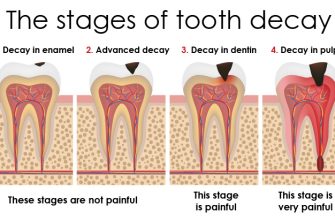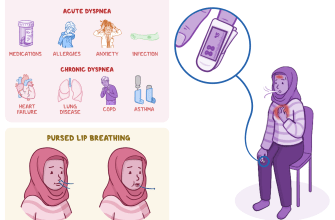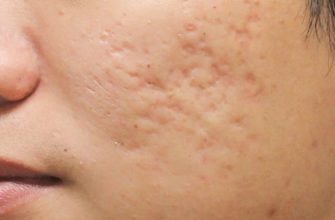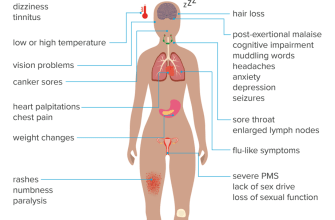Deformities of bones, also known as bone abnormalities, bone defects, bone malformations, or skeletal deformities, can have a significant impact on a person’s quality of life. These conditions can cause pain, limited mobility, and aesthetic concerns. Understanding the causes of bone deformities and the available treatment options is crucial for individuals affected by these conditions. In this article, we will explore the various factors that contribute to bone deformities and discuss the potential treatments.
Causes of Bone Deformities
Bone deformities can arise from a variety of factors, including:
- Genetic Factors: Some bone deformities are inherited and result from genetic mutations or abnormalities. Conditions such as osteogenesis imperfecta and achondroplasia are examples of genetic disorders that can lead to bone malformations.
- Trauma: Severe injuries, fractures, or accidents can cause bone deformities. Improper healing or inadequate medical intervention can result in misaligned or deformed bones.
- Developmental Abnormalities: During fetal development, certain factors can disrupt the normal growth and formation of bones, leading to deformities. These abnormalities may be caused by maternal infections, exposure to toxins, or other environmental factors.
- Metabolic Disorders: Conditions like rickets, osteoporosis, and osteomalacia can weaken the bones and make them more susceptible to deformities.
- Tumors: Bone tumors, both benign and malignant, can cause bone deformities by disrupting the normal structure and growth of bones.
Treatment Options for Bone Deformities
The treatment of bone deformities depends on various factors, including the underlying cause, the severity of the deformity, and the individual’s overall health. Here are some common treatment options:
Bracing and Splinting
For mild to moderate bone deformities, bracing or splinting may be recommended. These devices help support the affected bones and promote proper alignment and growth. Bracing is often used in children with conditions like scoliosis or clubfoot to guide the bones into the correct position.
Physical Therapy
Physical therapy plays a crucial role in managing bone deformities. Therapeutic exercises and stretches can help improve muscle strength, flexibility, and joint mobility. Physical therapists can also provide guidance on proper body mechanics and assistive devices to minimize the impact of deformities on daily activities.
Surgical Intervention
In some cases, surgical intervention may be necessary to correct severe bone deformities. The specific surgical procedure will depend on the nature and location of the deformity. Surgeons may use techniques such as osteotomy (cutting and realigning bones), bone grafting (replacing damaged bone with healthy bone), or the insertion of metal plates, screws, or rods to stabilize the bones.
Medications
Medications can be prescribed to manage the symptoms associated with bone deformities. For example, pain relievers may be recommended to alleviate discomfort, while medications like bisphosphonates can help strengthen bones in individuals with osteoporosis or other metabolic disorders.
Assistive Devices
Assistive devices, such as orthotic shoes, canes, or wheelchairs, can greatly improve mobility and independence for individuals with bone deformities. These devices provide support and stability, allowing individuals to engage in daily activities with greater ease.
Prevention and Self-Care
While not all bone deformities can be prevented, certain measures can help reduce the risk or severity of deformities:
- Maintain a balanced diet rich in calcium, vitamin D, and other essential nutrients to promote healthy bone development and prevent metabolic disorders.
- Engage in regular exercise to strengthen muscles and bones, improve posture, and enhance overall bone health.
- Take precautions to prevent accidents and injuries, such as wearing protective gear during sports activities or using handrails on stairs.
- Seek prompt medical attention for any fractures or injuries to ensure proper healing and minimize the risk of deformities.
It is important to note that not all bone deformities can be cured. However, with appropriate treatment and management, individuals with bone deformities can lead fulfilling lives and minimize the impact of their condition on daily activities.
In conclusion, bone deformities can result from various factors, including genetics, trauma, developmental abnormalities, metabolic disorders, and tumors. Treatment options range from bracing and physical therapy to surgical intervention and medication. Prevention measures and self-care practices can also help reduce the risk and severity of bone deformities. If you or someone you know is affected by a bone deformity, consulting with a healthcare professional is essential to determine the most suitable treatment plan.








